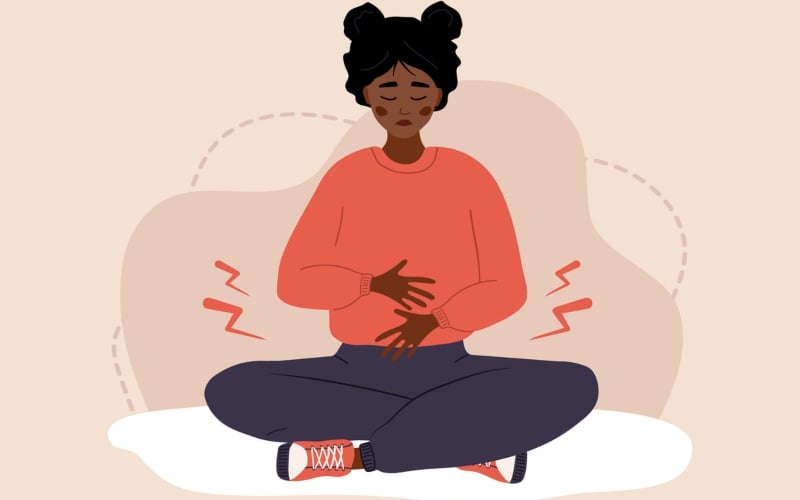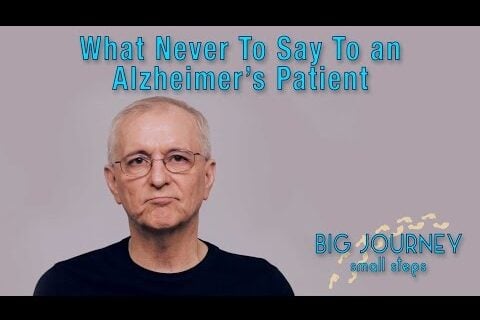Social anxiety may have started when you were a teenager. Or maybe you started feeling anxious when you reached adulthood. No matter the exact timeframe, it’s starting to impact your daily routine. Maybe you had to give a presentation in front of the class and felt nervous, anxious, and even fearful. You may have even been worried about being judged or embarrassing yourself.
You love your family and friends, but most of the time, you prefer to be alone in the comfort of your own room. Meeting new people, striking up a conversation, or talking on the phone may seem like a fun activity to others, but these are all situations you worry about every day. People often think of you as shy or an introvert, but you feel like there’s a larger issue at hand.
What is Social Anxiety?
Social anxiety is a type of anxiety disorder where social interactions can cause irrational anxiety. Individuals who have social anxiety will experience anxiety, fear, and self-consciousness in everyday social interactions.
These are some of the most common social situations where an individual may experience social anxiety:
- Answering a question in front of others
- Asking for help
- Being on a phone call
- Dating
- Eating in front of others
- Having an interview
- Meeting new people
- Presenting or performing in front of others
- Using public restrooms
The Cause
There isn’t one specific cause for social anxiety. In fact, around 5-10% of people worldwide deal with social anxiety disorder, making it the third most common mental health disorder. Similar to other types of anxiety disorders, several different factors are at play.
Genetics
Anxiety tends to run in the family. If another member of your family experienced social anxiety, you’re more likely to experience it yourself.
Brain Structure
Another factor at play is how your brain is wired to handle anxiety and fear. Individuals with an overactive amygdala can have a heightened fear response, making social interactions all the more difficult.
Environment
Social anxiety is also believed to be a learned behavior. Environmental factors and stress could also be linked to causing social anxiety disorder. If someone experiences embarrassment due to a negative situation, they may develop social anxiety due to the event. For example, children who experience abuse, teasing, bullying, or trauma are more likely to develop signs and symptoms of social anxiety.
The Signs and Symptoms
Many behavioral, emotional, and physical signs and symptoms are tied to social anxiety disorder. Here are a few of the most common signs and symptoms.
Physical
- Blushing
- Dizziness
- Minimal eye contact
- Muscle tension or stiffness
- Nausea
- Rapid heartbeat
- Shaking or trembling
- Shortness of breath
- Sweating
Behavioral and Emotional
- Avoiding certain situations, places, or people
- Expecting the worst-case scenario
- Fear that others will notice the signs and symptoms of your anxiety, further embarrassing yourself
- Fearful of being judged in a negative way
- Intense fear of interacting with others
- Worried about embarrassing yourself
Treatment Options
Social anxiety can start taking hold of your life, especially if left untreated. One of the best things you can do to better control and manage the signs and symptoms you’re experiencing is to reach out for help. Talking to a coach or therapist can help you learn about potential triggers that may be causing you social anxiety, as well as help you work through the signs and symptoms you’re facing. You don’t have to continue to live with the social anxiety you’re facing for the rest of your life.
—
Photo by Joice Kelly on Unsplash
The post What Is Social Anxiety? appeared first on The Good Men Project.
Original Article










